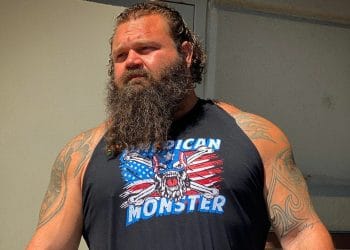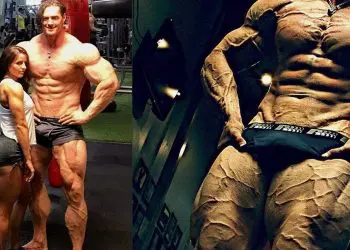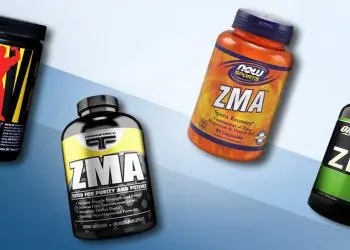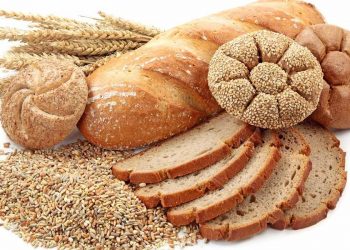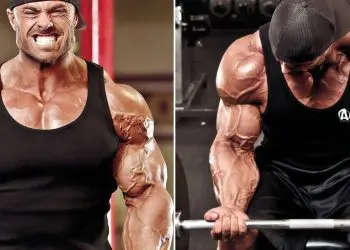A study in the European Journal of Applied Physiology compared strength, mass, and power findings from an 11 week training program. The results were correlated with the increase in testosterone, growth hormone, and cortisol. The participants were untrained men who performed three training sessions per week. Two of the sessions were performing a large volume of heavy leg exercises with short rest periods, followed by elbow flexor lifts on one arm only. During the third session of each week, only arm training was done on the other arm that had not been trained in the leg/arm session. The study was to compare the difference is size and strength between the two arms, and associate the results with the hormone response to each training protocol.
The mechanism by which growth hormone contributed to better results from leg/arm training was through interaction between this hormone, and muscle cell receptors that aid in recovery as well as to stimulate hypertrophy. Additionally, growth hormone activates gene expression pathways after training, and through this mechanism boosts insulin-like growth factor-1 levels. IGF-1 is sometimes an overlooked anabolic hormone that is thought to initiate muscle protein synthesis. It may be able to interact with tissues throughout the body including those that have not been trained as well.
To optimize the highly potent anabolic response available to you, start your training with large muscle group exercises to stimulate testosterone. These include lower body exercises such as squats, power cleans, the snatch, push press, and deadlifts. If your priority is low body fat, use short rest periods for maximal growth hormone response. If strength is a priority, use longer rest periods, and heavier loads.
Another valuable point is that better strength and size results come when boosting the hormone production and release by performing large muscle group training before doing unilateral, or isolation exercises. When the order is reversed, and the training session is finished with the heavy load, large muscle group exercises doesn’t appear to elevate testosterone as much. This method also doesn’t allow for the initializing of the androgen receptors of the muscles you intend to train with the isolation lifts.
Level Up Your Fitness: Join our 💪 strong community in Fitness Volt Newsletter. Get daily inspiration, expert-backed workouts, nutrition tips, the latest in strength sports, and the support you need to reach your goals. Subscribe for free!
Happy Lifting!


